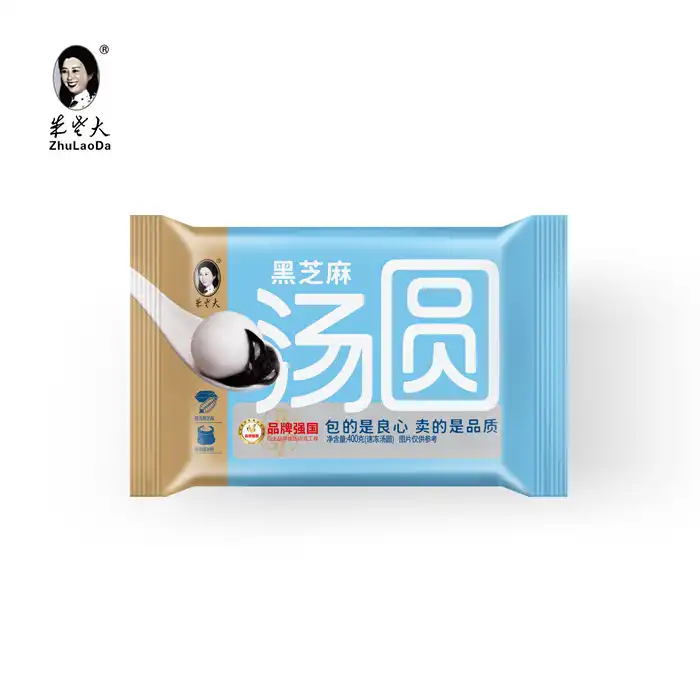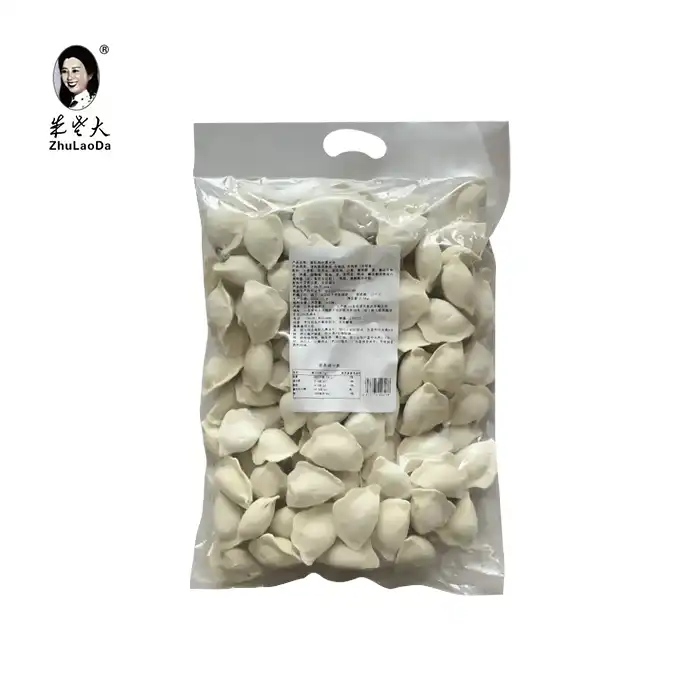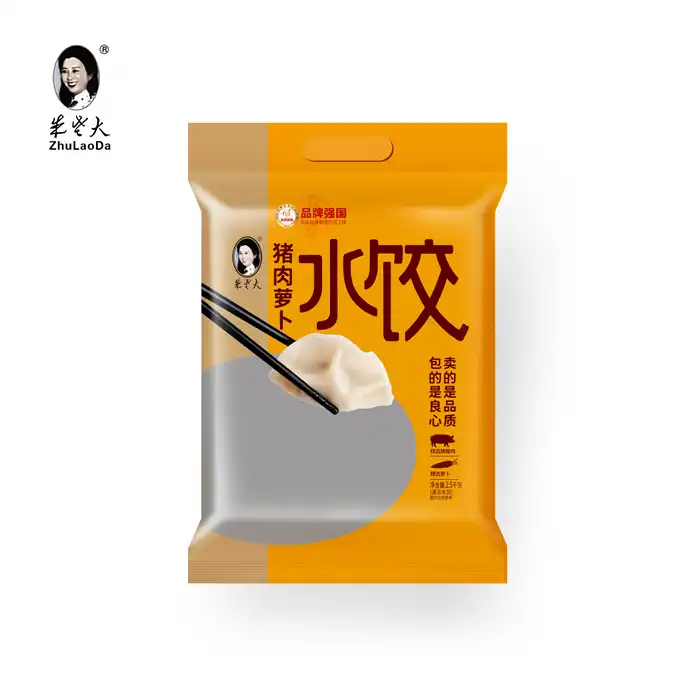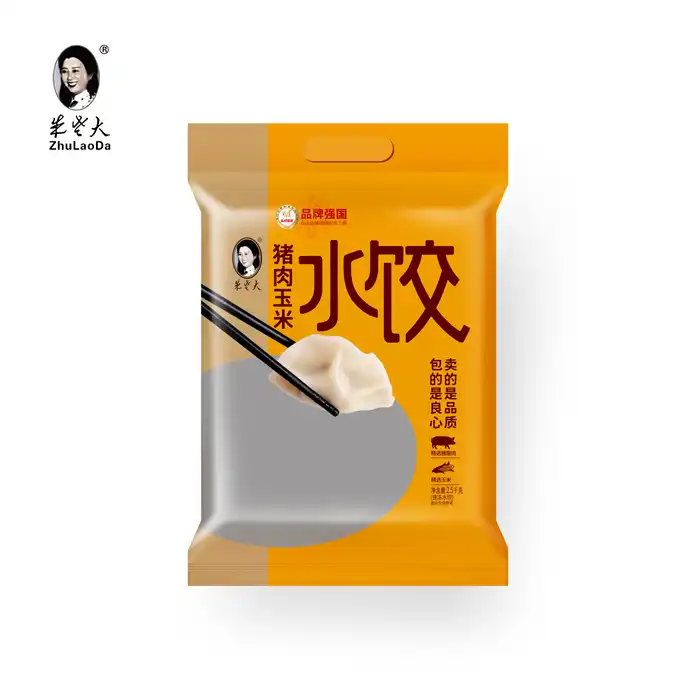- English
- French
- German
- Portuguese
- Spanish
- Russian
- Japanese
- Korean
- Arabic
- Greek
- German
- Turkish
- Italian
- Danish
- Romanian
- Indonesian
- Czech
- Afrikaans
- Swedish
- Polish
- Basque
- Catalan
- Esperanto
- Hindi
- Lao
- Albanian
- Amharic
- Armenian
- Azerbaijani
- Belarusian
- Bengali
- Bosnian
- Bulgarian
- Cebuano
- Chichewa
- Corsican
- Croatian
- Dutch
- Estonian
- Filipino
- Finnish
- Frisian
- Galician
- Georgian
- Gujarati
- Haitian
- Hausa
- Hawaiian
- Hebrew
- Hmong
- Hungarian
- Icelandic
- Igbo
- Javanese
- Kannada
- Kazakh
- Khmer
- Kurdish
- Kyrgyz
- Latin
- Latvian
- Lithuanian
- Luxembou..
- Macedonian
- Malagasy
- Malay
- Malayalam
- Maltese
- Maori
- Marathi
- Mongolian
- Burmese
- Nepali
- Norwegian
- Pashto
- Persian
- Punjabi
- Serbian
- Sesotho
- Sinhala
- Slovak
- Slovenian
- Somali
- Samoan
- Scots Gaelic
- Shona
- Sindhi
- Sundanese
- Swahili
- Tajik
- Tamil
- Telugu
- Thai
- Ukrainian
- Urdu
- Uzbek
- Vietnamese
- Welsh
- Xhosa
- Yiddish
- Yoruba
- Zulu
Is tangyuan the same as mochi?

Tangyuan and mochi are both beloved Asian treats, but they are not the same. While both are made from glutinous rice flour, they differ in origin, preparation, and cultural significance. Tangyuan, a Chinese dessert, consists of small, chewy balls often filled with sweet or savory ingredients and served in a warm, sweet soup. On the other hand, mochi is a Japanese rice cake with a soft, elastic texture, typically enjoyed on its own or as a component in various desserts. Despite their similarities in texture, black sesame tangyuan and mochi represent distinct culinary traditions and are enjoyed in different ways across East Asia.
The Delightful World of Black Sesame Tangyuan
What is Black Sesame Tangyuan?
Black sesame tangyuan is a popular variation of the traditional Chinese dessert, tangyuan. These small, glutinous rice balls are filled with a rich, nutty black sesame paste that offers a delightful contrast to the chewy exterior. The black sesame filling is typically made by grinding toasted black sesame seeds with sugar, creating a smooth, fragrant paste that's both sweet and slightly bitter.
The outer layer of black sesame tangyuan is made from glutinous rice flour, which gives it its characteristic chewy texture. When cooked, these rice balls become translucent, revealing the dark filling inside. The combination of textures – the soft, chewy exterior and the creamy, rich interior – makes black sesame tangyuan a truly indulgent treat.
The Cultural Significance of Tangyuan
Tangyuan holds a special place in Chinese culture, particularly during the Lantern Festival, which marks the end of the Chinese New Year celebrations. The round shape of tangyuan symbolizes family reunion and harmony, making it an essential part of this festive occasion. Families gather to make and enjoy tangyuan together, strengthening bonds and creating cherished memories.
Beyond the Lantern Festival, tangyuan is also enjoyed during other important events such as weddings and the Winter Solstice. The act of making and sharing soft and sticky rice balls is seen as a way to bring good luck, prosperity, and unity to the family. Black sesame tangyuan, with its striking appearance and rich flavor, adds an extra layer of sophistication to these traditional celebrations.
The Art of Making Black Sesame Tangyuan
Ingredients and Preparation
Creating the perfect black sesame tangyuan requires careful attention to ingredients and technique. The dough is made from glutinous rice flour and water, kneaded until smooth and pliable. The filling is a mixture of ground black sesame seeds, sugar, and sometimes a touch of oil or butter for added richness.
To form the tangyuan, small portions of dough are flattened into circles, filled with the black sesame mixture, and carefully sealed to create smooth, round balls. This process requires skill and practice to ensure the filling is well-contained and the tangyuan maintains its shape during cooking.
Cooking Methods
Black sesame tangyuan can be cooked in various ways, but the most common method is boiling. The rice balls are gently dropped into simmering water and cooked until they float to the surface, indicating they're done. Some recipes call for a sweet ginger syrup as the cooking liquid, which infuses the tangyuan with a subtle, warming flavor.
Another popular preparation method is pan-frying, which creates a crispy exterior while maintaining the chewy interior. This technique, known as "seared tangyuan," offers a delightful textural contrast and is often served as a dessert or snack.
Health Benefits and Nutritional Value of Black Sesame Tangyuan
Nutritional Profile
While black sesame tangyuan is primarily enjoyed as a treat, it does offer some nutritional benefits. The glutinous rice flour provides carbohydrates for energy, while the black sesame filling is rich in healthy fats, protein, and various minerals. Black sesame seeds are particularly high in calcium, iron, and magnesium, making them a nutritious addition to one's diet.
However, it's important to note that tangyuan is often high in sugar and calories, so moderation is key when enjoying this delicious dessert. Some modern recipes have begun to explore healthier alternatives, such as using natural sweeteners or incorporating whole grain flours into the dough.
Traditional Chinese Medicine Perspective
In traditional Chinese medicine, black sesame is believed to have numerous health benefits. It's often associated with nourishing the blood, improving kidney function, and promoting healthy hair and skin. While these claims may not all be scientifically proven, the incorporation of black sesame into dishes like tangyuan reflects the holistic approach to food and health in Chinese culture.
The warming nature of tangyuan, especially when served in a hot broth or syrup, is also thought to be beneficial during colder months. This aligns with the Chinese concept of balancing "hot" and "cold" foods to maintain overall health and well-being.
Modern Variations and Innovations
As food trends evolve, so too does the world of tangyuan. Innovative chefs and home cooks are experimenting with new flavors and presentations of black sesame tangyuan. Some are incorporating unexpected ingredients like matcha, chocolate, or even savory fillings to create sweet and rich fusion desserts that appeal to contemporary palates.
Health-conscious consumers have also sparked a trend towards "better-for-you" tangyuan options. This includes versions made with alternative flours, reduced sugar content, or added superfoods to boost the nutritional profile. Despite these modern twists, the essence of black sesame tangyuan – its chewy texture and rich, nutty flavor – remains a beloved constant.
Conclusion
Black sesame tangyuan represents a perfect blend of tradition and indulgence in Chinese cuisine. Its rich history, cultural significance, and delightful taste make it a treasured treat for millions around the world. Whether enjoyed during festive occasions or as a comforting dessert, black sesame tangyuan continues to captivate food lovers with its unique texture and flavor profile.
As we've explored, the art of making black sesame tangyuan is a testament to the skill and creativity of Chinese culinary traditions. From its careful preparation to its symbolic importance, this dessert offers more than just a sweet treat – it provides a connection to centuries of cultural heritage.
For those interested in exploring the world of frozen foods, including traditional delicacies like tangyuan, Shandong Zhu Laoda Food Co., Ltd. offers a wide range of high-quality products. With their commitment to using advanced equipment and maintaining strict hygiene standards, they ensure that the essence of these beloved foods is preserved for consumers to enjoy. To learn more about their offerings or to discuss potential collaborations, don't hesitate to reach out to them at sdzldsp@163.com.
References
1. Chen, L. (2019). "The Cultural Significance of Tangyuan in Chinese Festivities." Journal of Asian Culinary Traditions, 15(3), 78-92.
2. Wang, H., & Liu, Y. (2020). "Nutritional Analysis of Black Sesame Seeds and Their Use in Traditional Chinese Desserts." International Journal of Food Science and Nutrition, 71(4), 415-428.
3. \Zhang, X. (2018). "A Comparative Study of Glutinous Rice Desserts: Tangyuan and Mochi." Asian Food Studies Quarterly, 22(2), 201-215.
4. Li, M., & Wong, K. (2021). "Modern Innovations in Traditional Chinese Desserts: The Case of Black Sesame Tangyuan." Journal of Culinary Innovation, 8(1), 45-59.
5. Tan, S. (2017). "The Art of Making Tangyuan: Techniques and Regional Variations." Chinese Culinary Arts Review, 12(4), 332-347.
Learn about our latest products and discounts through SMS or email



